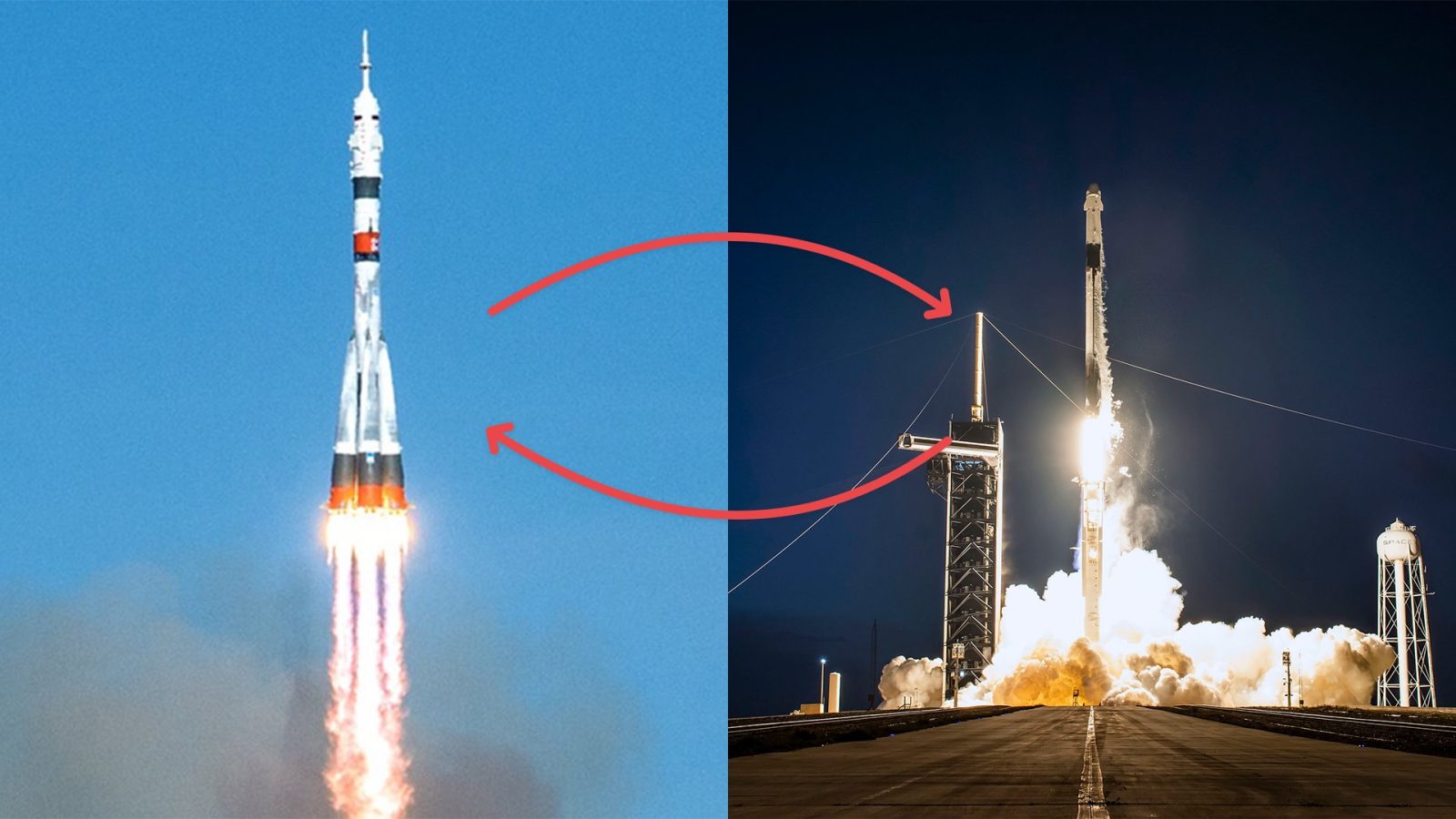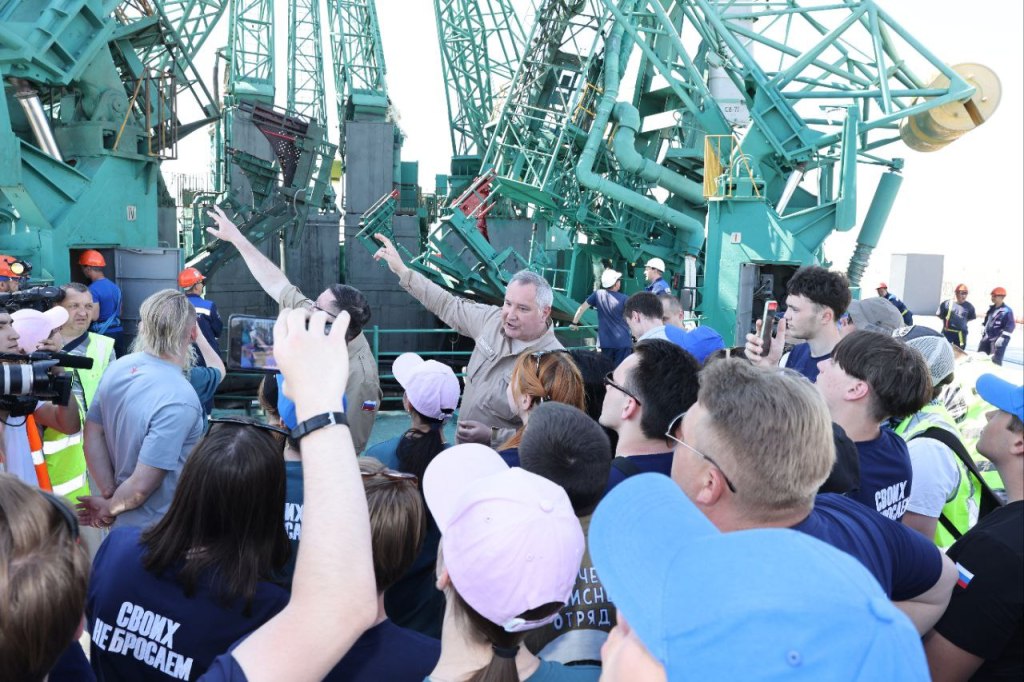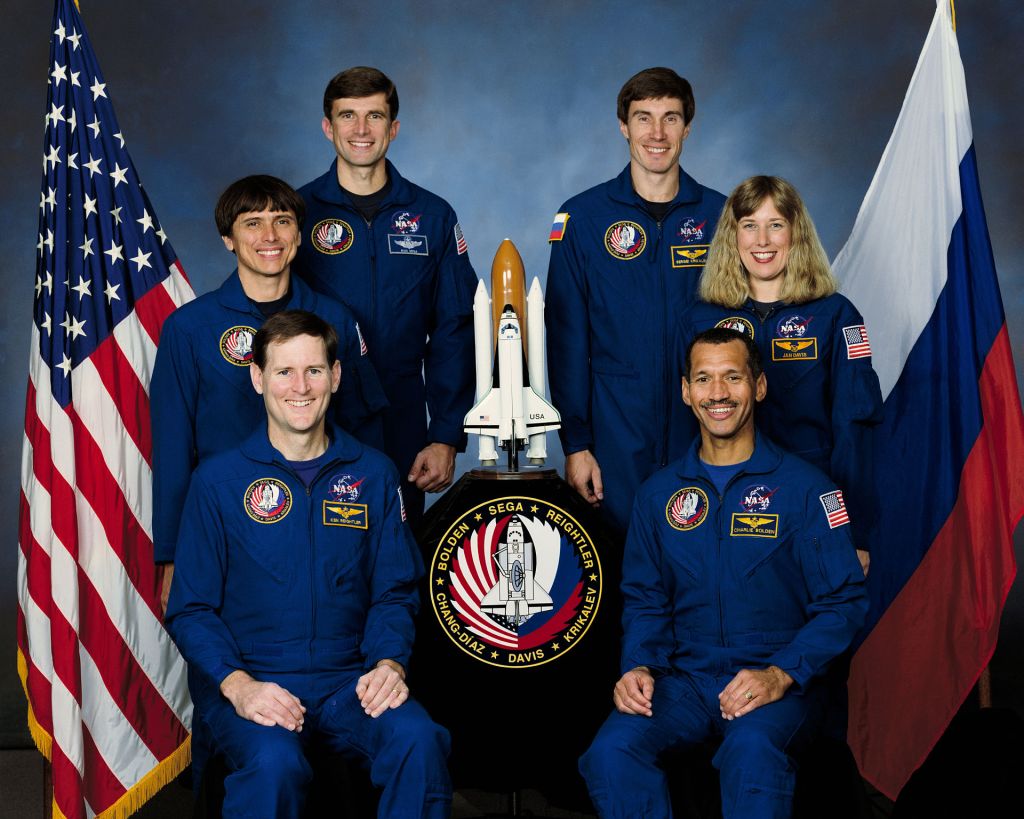
The controversial head of Roscosmos, Dmitry Rogozin, is officially out, with no official word about what lies ahead for him. This command change came around when NASA and Roscosmos finally announced a deal to trade seats on Russia’s Soyuz and SpaceX’s Dragon spacecraft.
Rogozin is out as head of Roscosmos
Starting as rumors on Telegram channels, by Friday, Putin signed an official decree removing Rogozin as the Director General of Roscosmos. A second decree assigning Yuri Borisov to the post effective immediately followed.
Borisov’s previous post was as Deputy Prime Minister for Defense and Space Industries, so the transfer to Roscosmos is a demotion for him. We aren’t sure what will come of Rogozin or what caused the departure, though there are rumors that he is being eyed by the Kremlin to lead new district of Russia-occupied Ukraine. While highly controversial here in the States and Europe, Rogozin has close ties with Putin and could be moved elsewhere for the President to keep his firm grasp on Russia.
Rogozin repeatedly threatened to halt cooperation with the United States on the International Space Station over sanctions. He also teased about leaving NASA astronauts on the ISS, nuclear war, and just generally about President Biden.

Just before his removal, Rogozin reportedly refused to take a phone call from NASA Administrator Bill Nelson over the use of the ISS promoting its invasion of Ukraine, then threatened to halt cooperation with the ESA on the European Robotic Arm currently attached to the Nauka module on the station. This action was because ESA formally terminated collaboration with Russia on the ExoMars rover.
Now we have Borisov in charge, the man who also replaced Rogozin in the Deputy Prime Minister position. We don’t know much about him or how he will interact with international partners, but we can hope the change in leadership will bring back civil cooperation between Russia and the United States.
NASA and Russia agree to swap seats starting this Fall
Speaking of civil cooperation, the two leading nations of the ISS have finally agreed to a return to seat swaps for the Soyuz and Crew Dragon spacecraft. Starting in September this year, Russian cosmonauts will begin flying on SpaceX’s Crew Dragon spacecraft. In exchange, NASA astronauts will receive a seat on crewed Soyuz missions to the ISS.
While it is estimated to cost Russia more than SpaceX to launch a crew member to orbit, this is a no-exchange-of-funds arrangement for all the launch preparation, training, and recovery services – something Rogozin might not have been able to stomach, watching his prized cosmonauts using a trampoline or ride a broomstick to space.
This arrangement dates back to the beginning of the space station program when astronauts from the two nations would swap seats on the older Soyuz spacecraft and NASA space shuttle. This deal ended with the shuttle’s retirement, and NASA began paying for Soyuz flights. NASA stopped buying seats from Russia after SpaceX’s Dragon spacecraft became operational.

Since then, Soyuz missions have only flown Russian cosmonauts, and SpaceX crews have consisted of NASA, ESA, and JAXA astronauts. This arrangement may seem okay on the surface, however, if one crew needs to leave due to an emergency, it would leave the ISS in a state it could not operate effectively.
Each nation that participates in the ISS is in charge of operating the systems they provide. Russia provides most of the propulsion and NASA the power, as well as other things. If no Russians or Americans were on the space station, it would be hard to ensure the station’s safety if something with one of those systems went wrong.
With the seat swap deal in place, there will now always be a Russian cosmonaut and NASA astronaut on the station, even if one crew leaves early – at least until the ISS is retired that is. Russians and NASA haven’t really agreed on that yet, but let’s focus on this victory.
Russian cosmonauts to fly on SpaceX Dragon
- Anna Kikina, Crew-5 (September 2022)
- Andrei Fedyaev, Crew-6 (Spring 2023)
NASA Astronauts to fly on Russia’s Soyuz
- Frank Rubio, MS-22 (September 2022)
- Loral O’Hara, MS-23 (Spring 2023)
FTC: We use income earning auto affiliate links. More.

Comments